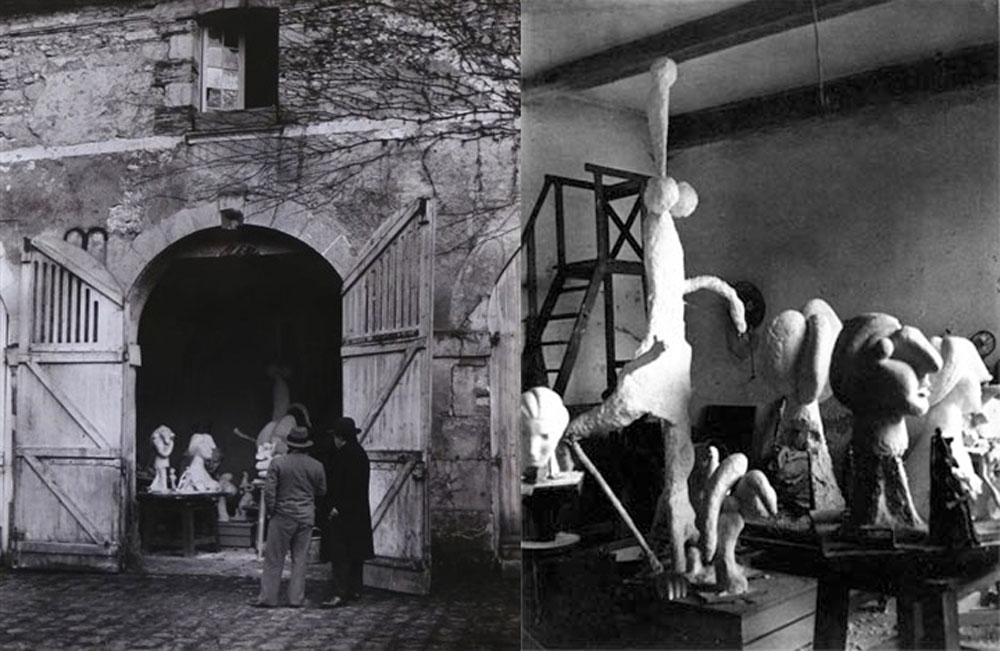Picasso 1932 – Love, Fame, Tragedy | Tate Modern
Even though I went in a churlish mood, on a relentlessly rainy Saturday, surrounded by wheelie-suitcase wielding crowds, I can’t pretend that this show is anything else than a megawatt, full-bore, ocean-going triumph. Picasso in 1932 was 50, world-famous, trapped in a love triangle and, according to the evidence currently on the walls at Tate Modern, at the apex of his inventive powers.
This blitz of beauty and innovation, from one of the 20th century’s foundational geniuses, overwhelmed my critical faculties. This must be the blockbuster of the year - maybe the decade - in London, at least. Attempting to calm down, I looked away from the sumptuous canvases of his mistress, Marie-Thérèse Walter, that dominate the show. I looked instead for other, quieter moments, that I could get a grip on and write about. There are many candidates from Picasso’s 1932: from the sly adaptations of Grunewald’s gangrenous Christ, to the early stirrings of the Minotaur drawings, to his odd fascination with the octopus that took over his summer. I’m choosing instead to look at the short series of photos of Boisgeloup, Picasso’s Normandy country house, taken by his friend Brassaï.

When the photo-series was taken, Picasso had owned the 18th-century stately home for a couple of years, and used it as a place to escape his Paris fame, and experiment. Three years later, he gave it to his wife Olga as their marriage broke up, and never visited again. His friend the photographer, meanwhile, seemed less than impressed with his surroundings: “Strange kind of château, most of the rooms devoid of furniture, a few large Picassos here and there on the bare walls,” he commented.
That said, Boisgeloup was a suitably lavish bolthole for the great man: it had a 14th century chapel, clad with ivy, a tower for Picasso’s painting studio and a stables for his sculpture studio. Despite its rudimentary heating and plumbing, the brittle, status-conscious Olga, their son in tow, came from Paris to visit Picasso there during the weekends; sporty, dreamy Marie-Thérèse came during the week.
Some of the strangeness of the situation is captured by Brassaï’s series. In one, two hat-clad figures - the shorter of which seems to be Picasso - stare into the open barn doors. The building is monolithic, weather-beaten, with black branches etched into its surface. The interior is black.
But, close enough to the door to catch the light, a few white busts stare back at the men, and at us. The face being portrayed in the plaster, in the Boisgeloup barn in 1932 and in a nearby gallery, today at Tate? Marie-Thérèse. I hope Olga didn’t go to the stables too often.
The sculptures are extraordinary: a mix of bulbousness and classical lines, sensuality and rigour, distance and promise. Actually, the photo’s extraordinary too. This exhibition is extraordinary. I need to go back.
Picasso 1932 – Love, Fame, Tragedy is at Tate Modern (London). 8 March - 9 September 2018.